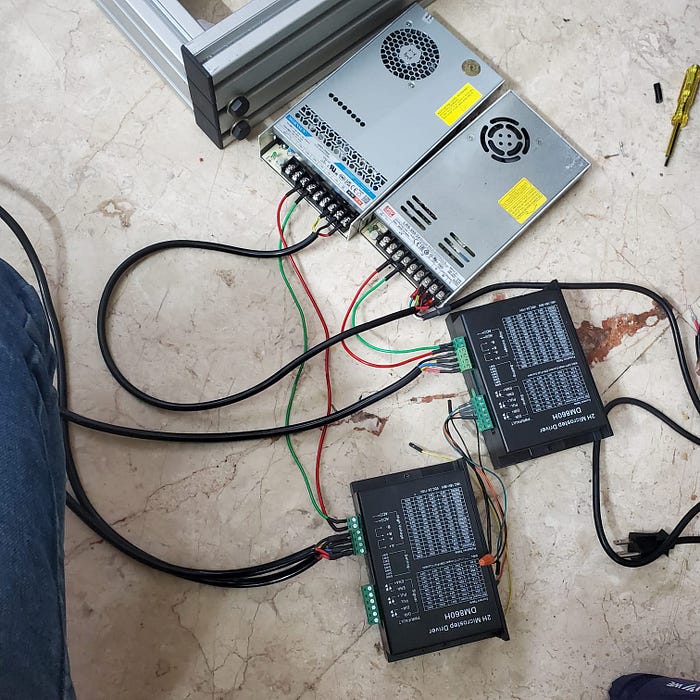Introduction to Neural Interface Devices and AI
Neural interface devices, AI, and you. Sci-fi is rich with examples of neural interface technology.
Examples in Science Fiction
Notable examples include The Matrix, where humans connect directly to a simulated reality via brain-computer interfaces, and Star Wars, where characters like Luke Skywalker and Anakin control prosthetic limbs through thought, showcasing advanced cybernetics. Other works, such as Ghost in the Shell, explore the implications of mind-machine integration, often raising questions about identity, consciousness, and the boundaries between human and machine. Science fiction frequently imagines mind uploading and brain emulation, as seen in Frederik Pohl’s The Tunnel Under the World and Arthur C. Clarke’s The City and the Stars, where human consciousness can be digitized or copied into machines.
Real-World Applications
These narratives often explore such technologies’ ethical, social, and philosophical consequences, influencing real-world research and public imagination about neural interfaces. In the real world, recent patents in brain-interface tech are opening doors to breakthroughs in how we use computers and experience the world. Combined with AI, neural interface devices could completely change fields like healthcare, entertainment, communication, and more, impacting almost every part of daily life.
How Neural Interfaces Work
Who needs keyboards, joysticks, or touchscreens? Neural interfaces let the brain talk directly to machines. What makes them exciting is that they work both ways—they can turn thoughts into actions and also provide feedback to the brain.
Impact on Daily Life
The potential impact of neural interface devices on our daily lives is vast. With the ability to control devices with our minds, we could see significant advancements in areas such as gaming, education, and healthcare. For example, people with paralysis or other motor disorders could use neural interfaces to communicate and interact with the world in new ways.
Conclusion
In conclusion, neural interface devices and AI have the potential to revolutionize the way we interact with technology and the world around us. As research and development continue to advance, we can expect to see new and innovative applications of this technology in the coming years.
FAQs
Q: What is a neural interface device?
A: A neural interface device is a technology that allows the brain to communicate directly with machines.
Q: How do neural interfaces work?
A: Neural interfaces work by reading brain signals and converting them into actions, and also providing feedback to the brain.
Q: What are the potential applications of neural interface devices?
A: The potential applications of neural interface devices include healthcare, entertainment, communication, and more.
Q: Can neural interfaces be used to control prosthetic limbs?
A: Yes, neural interfaces can be used to control prosthetic limbs, as seen in science fiction examples such as Star Wars.
Q: Are neural interface devices available for public use?
A: Currently, neural interface devices are still in the development stage and are not widely available for public use. However, recent patents and advancements in the field suggest that they may become more widely available in the future.











